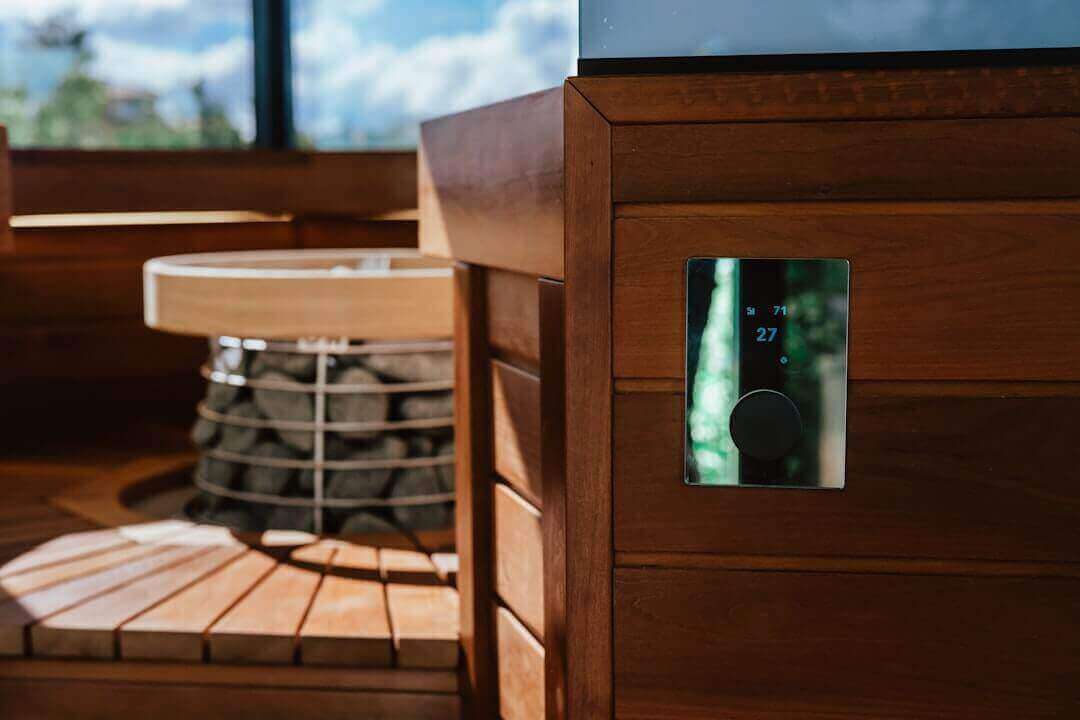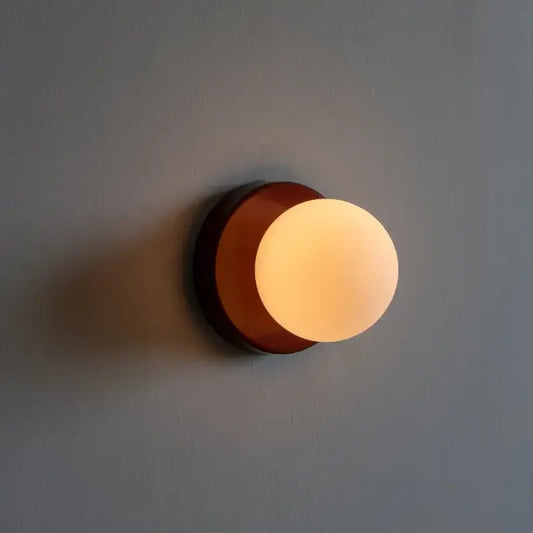
Illuminate Your Space: Lighting for Wellness and Enhanced Living Environment
|
|
Time to read 4 min

Discover new arrivals in modern lighting, home decor, and Scandinavian design—updated weekly...
|
|
Time to read 4 min
Lighting plays a pivotal role in how we feel and function in our living spaces. It's not just about visibility; the right kind of lighting can enhance your mood, productivity, and overall well-being. In this article, we'll explore the various types of lighting, such as floor lamps, table lamps, wall light fixtures, and ceiling light fixtures, and how you can use them effectively for a holistic living environment.
Interior design goes beyond aesthetics; it involves creating spaces that promote comfort and well-being. Natural light and artificial light are both crucial components of a well-designed space. They can influence our circadian rhythms and affect our emotional states. Understanding the impact of lighting on our health is essential for creating an inviting home.
Exposure to natural light has numerous benefits, including improved mood and increased productivity. Large windows and open spaces can help maximize natural light in your home. However, not everyone has access to abundant natural light. This is where artificial lighting comes into play.
Artificial lighting must complement natural light to create a balanced environment. When it comes to selecting artificial light sources, consider their positioning, type, and intensity. Different types of lights serve various purposes, and knowing how to use them can enhance your living experience.
When considering how to light your home for wellness, think about the dimensions, colors, and purposes of different spaces. Let's take a closer look at popular lighting options:
Floor lamps are versatile and can easily be moved around to create desired effects. They work great in living rooms, bedrooms, or even reading corners. Choose a lamp that has adjustable brightness; it can transform your space from bright and invigorating to warm and cozy with a quick twist of a knob.
Table lamps are perfect for bedside tables or desks. They provide focused lighting, ideal for reading before bedtime or completing work tasks. When selecting a table lamp, consider one with a dimmable feature to adjust the ambience according to the time of day.
Wall light fixtures are often overlooked, yet they can enhance the overall design of a room. They can be used to create a warm ambiance in corridors and hallways or accentuate artwork and decorative items. By installing these fixtures at varying heights, you can create a more dynamic visual experience.
Ceiling light fixtures are practical and foundational for every room. From chandeliers to pendant lights, these fixtures can define a room's character. Make sure to choose fixtures that spread light evenly for a well-lit space, or use dimmable options to enhance comfort.
The color temperature and intensity of your lights can greatly affect your mood. The Kelvin scale helps determine the warmth or coolness of a light source:
By mixing different color temperatures and light sources, you can create a dynamic environment that caters to various needs throughout the day.
With advancements in technology, smart lighting systems have emerged as a revolutionary solution for enhancing wellness in our living environments. These systems enable personalized control over lighting settings, ensuring that each part of your home is illuminated according to your mood and needs.
One of the most effective ways to ensure a well-lit environment is to layer your lighting. Combining ambient, task, and accent lighting provides flexibility and adaptability. You can alter the mood of a room simply by switching on or off different sources of light.
By using different types of light fixtures to create zones within an open-plan space, you can define areas without the need for physical barriers. This is especially useful in multipurpose rooms where activities like studying, relaxing, and dining occur.
Colors have a psychological influence on us, and lighting can accentuate these effects. Consider the following combinations to enhance your space:
Incorporating mindful lighting practices into your daily routine can have lasting benefits. These practices encourage a harmonious environment that contributes to your overall wellness:
Embracing a mindful approach to lighting can profoundly enhance your quality of life. By selecting the right light fixtures, layering your lighting, and considering color temperature and intensity, you can transform your living environment into a wellness oasis that promotes relaxation, productivity, and joy. Remember, lighting is more than just a necessity; it’s an integral part of your home’s design and your overall feeling of comfort and well-being.
So, as you venture into the world of lighting for wellness, remember to experiment and find what works best for you. Your home should be a sanctuary that uplifts you each and every day!
Like our Magazine? You will like our store even more with all its curated homeware, modern lighting, kitchen utensils and Wall Art. We also recommend that you sign up to our newsletter or follow us on social media to find out about our news article releases, promotions and discount codes.

